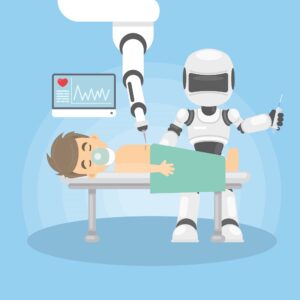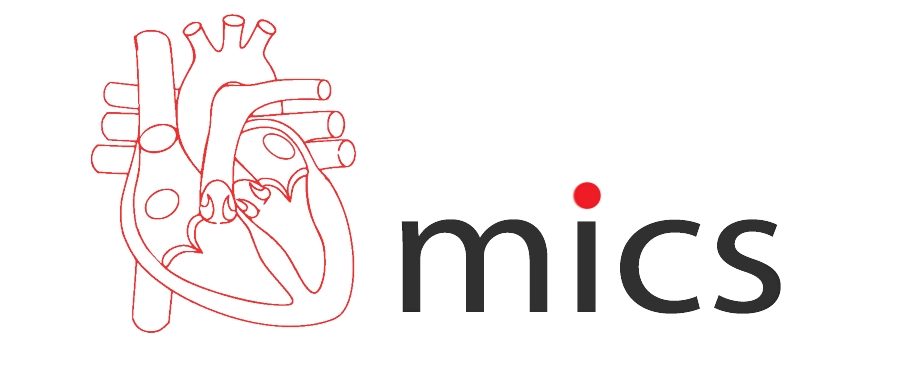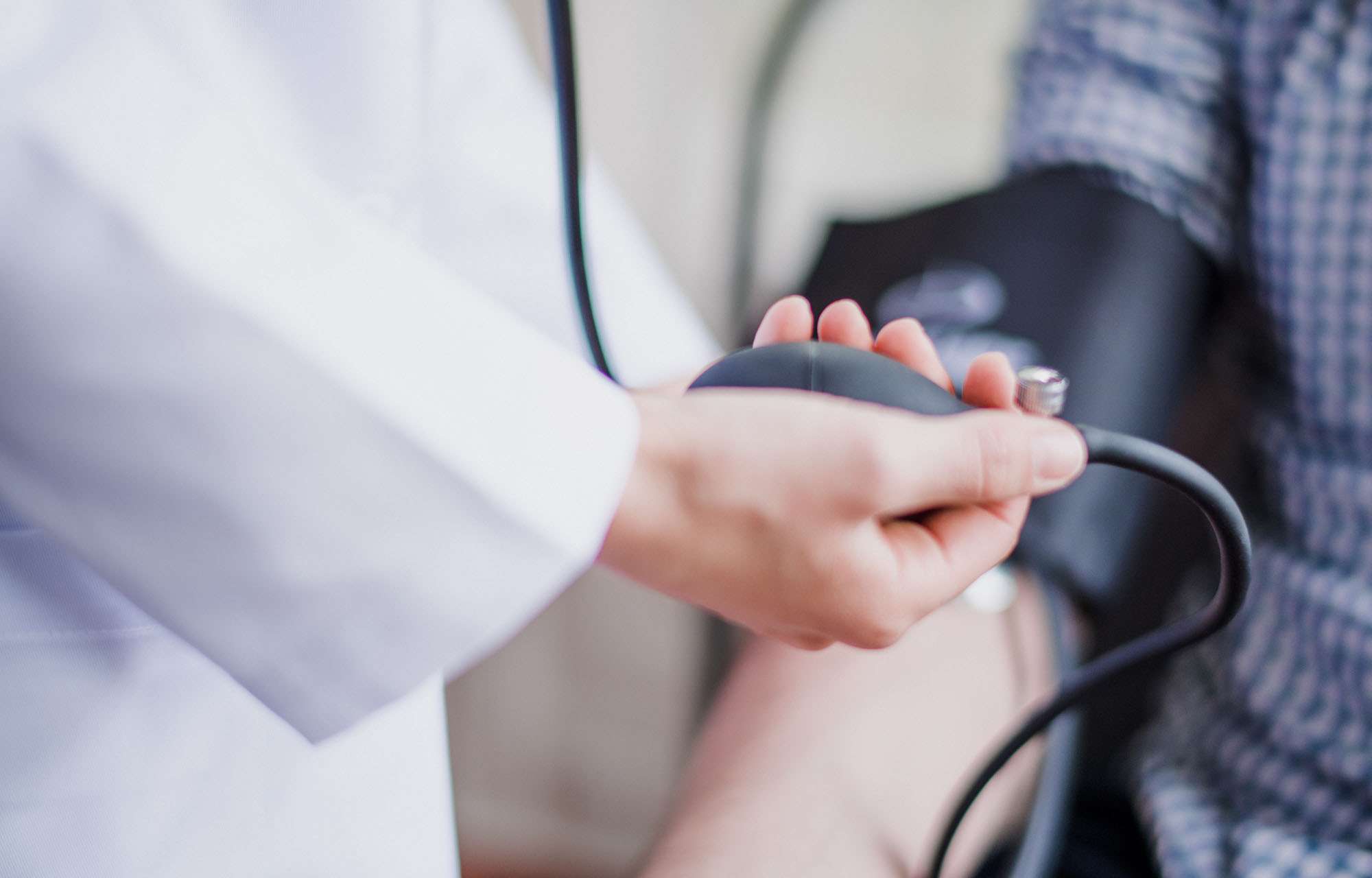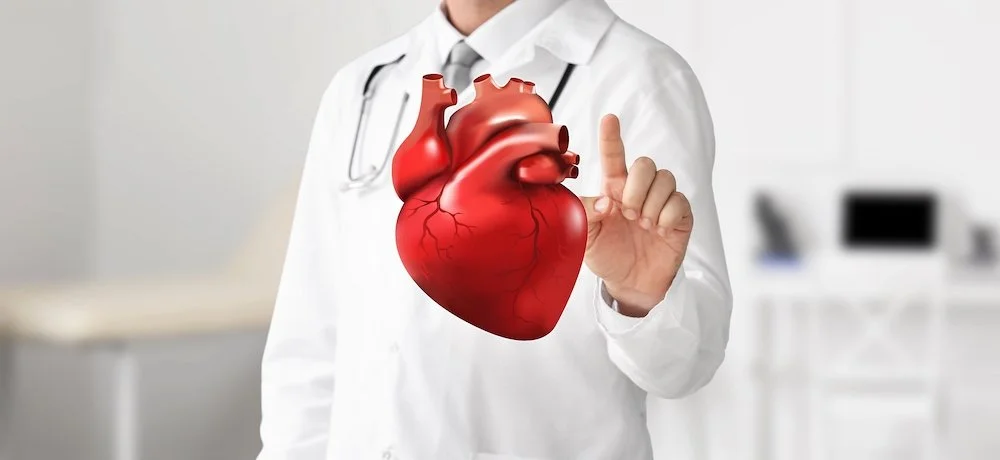Robotic heart surgery is revolutionizing the field of cardiovascular medicine, offering a precise and minimally invasive approach to complex cardiac procedures. With the use of advanced robotic systems, surgeons can perform intricate operations with enhanced precision, dexterity, and control. This cutting-edge technology allows for smaller incisions, reduced pain, faster recovery, and improved patient outcomes. In this blog, we will delve into the world of robotic heart surgery, exploring its benefits, advancements, and the incredible potential it holds for the future of cardiac care.
Benefits and Advantages of Robotic Heart Surgery
Robotic heart surgery offers several benefits and advantages compared to traditional open-heart procedures. Here are some key points to consider:
- Minimally invasive approach: Robotic surgery involves smaller incisions compared to open-heart surgery. This results in less trauma to the surrounding tissues, reduced blood loss, and minimal scarring.
- Enhanced precision and control: Robotic systems provide surgeons with superior visualization and precise control of surgical instruments. The robotic arms can perform delicate maneuvers with enhanced dexterity, allowing for greater accuracy during complex cardiac procedures.
- Reduced risk of complications: With smaller incisions and improved precision, robotic surgery lowers the risk of complications such as infection, bleeding, and trauma to surrounding organs.
- Faster recovery and shorter hospital stays: Patients undergoing robotic heart surgery typically experience less pain, reduced hospitalization time, and faster recovery compared to traditional open-heart procedures. This translates to a quicker return to daily activities and improved overall quality of life.
- Improved outcomes: Studies have shown that robotic-assisted heart surgery results in comparable or even better outcomes than traditional surgery. Patients may experience reduced rates of post-operative complications, lower mortality rates, and improved long-term survival rates.
- Expanded surgical possibilities: Robotic technology enables surgeons to perform intricate procedures that may have been considered high-risk or impossible with traditional methods. This includes complex valve repairs, coronary artery bypass grafting, and atrial septal defect closure.
In conclusion, robotic heart surgery offers numerous benefits, including minimally invasive techniques, enhanced precision, reduced risks, faster recovery, improved outcomes, and expanded surgical possibilities. As the field continues to advance, this ground-breaking technology has the potential to revolutionize the way cardiac surgeries are performed, providing better care and outcomes for patients worldwide.
Types of Robotic Heart Surgery
-
Robot-Assisted Coronary Artery Bypass Grafting (CABG)
Robot-Assisted Coronary Artery Bypass Grafting (CABG) is a minimally invasive surgical procedure where a robotic system assists the surgeon in bypassing blocked or narrowed coronary arteries. With the use of robotic arms and instruments, the surgeon can perform precise grafting of blood vessels to restore blood flow to the heart. This technique offers the Robotic CABG advantages of smaller incisions, reduced trauma, improved visualization, and faster recovery for patients undergoing bypass surgery.
-
Robot-Assisted Valve Repair or Replacement (Aortic, Mitral, Tricuspid)
Robot-Assisted Valve Repair or Replacement is a minimally invasive surgical procedure in which a robotic system assists the surgeon in repairing or replacing a damaged heart valve. The robotic arms and instruments enable the surgeon to perform precise and intricate maneuvers, allowing for improved valve function. This technique offers benefits such as smaller incisions, reduced trauma, enhanced visualization, and faster recovery for patients undergoing valve repair or replacement surgery.
-
Robot-Assisted Atrial Septal Defect (ASD) Closure
Robot-Assisted Atrial Septal Defect (ASD) Closure is a minimally invasive surgical procedure where a robotic system assists the surgeon in repairing a hole in the atrial septum (the wall that separates the heart’s chambers). With the use of robotic arms and instruments, the surgeon can precisely close the defect using sutures or a patch. This approach offers advantages such as smaller incisions, reduced trauma, enhanced precision, and faster recovery for patients undergoing ASD closure surgery.

Preparing for Robotic Heart Surgery
Preparing for robotic heart surgery involves a few important steps to ensure a smooth and successful procedure. As doctors, we will guide you through the process. First, a thorough medical evaluation will be conducted to assess your overall health and determine if you’re a suitable candidate. Preoperative instructions will be provided, including medication adjustments and restrictions on eating and drinking. It’s crucial to follow these guidelines carefully. We will also discuss any concerns or questions you may have and provide detailed information about the surgery, anesthesia, and postoperative care. Our goal is to ensure you feel informed, prepared, and confident as you embark on your robotic heart surgery journey.
Potential Complications and Risks
While robotic heart surgery offers numerous benefits, it is important to be aware of potential complications and risks like other mode of Surgeries. These can include infection, bleeding, blood clots and adverse reactions to anesthesia. It is crucial to discuss these risks with your healthcare provider and undergo a thorough preoperative evaluation. Rest assured, robotic heart surgery is performed by skilled surgeons who take precautions to minimize risks, but understanding potential complications is essential for informed decision-making and postoperative care.
Recovery and Rehabilitation after Robotic Heart Surgery
Recovery and rehabilitation after robotic heart surgery are crucial aspects of your journey towards optimal health. Following the procedure, you can expect a shorter hospital stay and a faster recovery compared to traditional open-heart surgery. During the initial recovery phase, you will be closely monitored by a healthcare team to ensure your condition stabilizes. As you progress, a personalized rehabilitation plan will be developed, focusing on gradually increasing physical activity, improving cardiovascular fitness, and promoting overall well-being. Regular follow-up appointments will be scheduled to monitor your progress and address any concerns. With dedication and support, you can achieve a successful recovery and regain your quality of life after robotic heart surgery.
Immediate Postoperative Care
Immediate postoperative care plays a crucial role in the recovery of patients undergoing robotic heart surgery. After the procedure, you will be closely monitored in the intensive care unit (ICU) or a specialized cardiac unit. Healthcare professionals will assess vital signs, pain levels, and the function of your heart and lungs. You may receive pain medication, intravenous fluids, and oxygen therapy as needed. The medical team will also ensure that you are stable, monitor for any potential complications, and provide guidance on activities, diet, and medication management during this critical phase of your recovery.
Physical Activity and Exercise Guidelines
Following robotic heart surgery, it is essential to gradually reintroduce physical activity and exercise to promote a successful recovery. Initially, light activities like walking are encouraged, gradually increasing duration and intensity over time. Your healthcare team will provide personalized guidelines based on your condition and progress. Regular aerobic exercises, such as swimming or cycling, are typically recommended to improve cardiovascular fitness. Resistance training and flexibility exercises may also be incorporated, but it is crucial to consult with your healthcare provider to ensure the appropriate intensity and duration of exercise for your specific situation.
Follow-up Visits and Long-term Care
Follow-up visits and long-term care are vital for patients who have undergone robotic heart surgery. Here are some key points to consider:
- Regular check-ups: Schedule follow-up visits with your cardiac surgeon to monitor your recovery and overall heart health.
- Diagnostic tests: Your healthcare team may recommend periodic tests like echocardiograms or stress tests to assess your heart’s function.
- Medication management: Continue taking prescribed medications as directed and discuss any concerns or side effects with your healthcare provider.
- Lifestyle modifications: Adopt a heart-healthy lifestyle by maintaining a balanced diet, engaging in regular exercise, managing stress, and avoiding tobacco and excessive alcohol consumption.
- Cardiac rehabilitation: Consider participating in a cardiac rehabilitation program tailored to your needs, which includes supervised exercise, education, and support.
- Ongoing communication: Stay in touch with your healthcare team and promptly report any new symptoms or concerns.
By following these guidelines and maintaining a collaborative relationship with your healthcare provider, you can optimize your long-term heart health and well-being after robotic heart surgery.
Who is a candidate for robotic heart surgery?
Candidates for robotic heart surgery are individuals with various cardiac conditions that require surgical intervention. Typically, those with coronary artery disease, heart valve disorders, atrial septal defects, ventricular septal defects, or atrial fibrillation may be considered for robotic surgery. However, each case is evaluated individually by a cardiac surgeon to determine if the patient is suitable for the procedure based on factors such as overall health, anatomy, and the complexity of the condition. A thorough assessment and discussion with the healthcare team are essential to determine candidacy for robotic heart surgery.
Comparison of Robotic Heart Surgery with Traditional Approaches
- Incisions: Robotic surgery involves smaller incisions compared to traditional open-heart surgery, resulting in reduced trauma, less pain, and minimized scarring.
- Precision: Robotic systems offer enhanced precision and dexterity, allowing surgeons to perform intricate maneuvers with improved accuracy, which may lead to better surgical outcomes.
- Recovery time: Robotic surgery typically results in a shorter hospital stay and faster recovery compared to traditional approaches, enabling patients to return to their daily activities sooner.
- Complications: Robotic surgery may be associated with a lower risk of complications such as infection, bleeding, and damage to surrounding organs due to its minimally invasive nature.
- Long-term outcomes: Studies suggest that robotic heart surgery can achieve comparable or even better long-term outcomes in terms of survival rates and overall patient satisfaction when compared to traditional approaches.
- Learning curve: Robotic surgery requires specialized training for surgeons due to the use of robotic systems, which may limit its availability in certain healthcare facilities.
While robotic heart surgery offers several advantages, the choice between robotic and traditional approaches depends on factors such as the patient’s specific condition, surgeon expertise, and the available resources in the healthcare setting. Individualized evaluation and consultation with the healthcare team are essential to determine the most appropriate approach for each patient.
Future Trends and Innovations in Robotic Heart Surgery
Future trends and innovations in robotic heart surgery hold promising potential for further advancements in the field. Some possibilities include:
- Enhanced robotic systems: Continued development of robotic technology may lead to even more precise and intuitive robotic systems, allowing for greater surgical accuracy and control.
- Artificial intelligence integration: Integration of artificial intelligence algorithms may enhance decision-making during surgeries, providing real-time guidance and analysis for surgeons.
- Augmented reality and virtual reality: These technologies can offer immersive visualization and simulation capabilities, aiding in surgical planning, training, and intraoperative guidance.
- Tele-robotic surgery: Advancements in communication networks may enable remote or tele-robotic surgeries, allowing experienced surgeons to perform procedures on patients in distant locations, expanding access to specialized care.
- Hybrid approaches: Combining robotic surgery with other advanced techniques, such as image-guided interventions or hybrid operating rooms, can further optimize patient outcomes and treatment options.
As research and innovation continue to unfold, these future trends hold the potential to further revolutionize robotic heart surgery, improving patient care and outcomes in the years to come.
Conclusion
Robotic heart surgery represents a significant advancement in cardiovascular medicine, offering numerous benefits such as reduced trauma, enhanced precision, faster recovery, and improved outcomes. It provides patients with a minimally invasive option for treating a variety of cardiac conditions. While there are potential complications and considerations to be aware of, ongoing advancements in technology, training, and surgical techniques are continuously expanding the possibilities for patients. With the potential for future innovations, the field of robotic heart surgery holds great promise for improving the quality of care and transforming the landscape of cardiac surgery.
FAQs
What is the cost of robotic cardiac surgery?
The cost of robotic cardiac surgery can vary significantly based on factors such as the specific procedure, hospital fees, geographic location, and individual insurance coverage.
What are the disadvantages of robotic heart surgery?
One potential disadvantage of robotic heart surgery is the higher cost compared to traditional approaches.
How successful is robotic heart surgery?
Robotic heart surgery has shown comparable or even better long-term success rates compared to traditional approaches.
Is robotic surgery cheaper than normal surgery?
Robotic surgery is generally more expensive than traditional surgery.
How long does it take to heal from robotic heart surgery?
The healing time from robotic heart surgery varies, but patients typically experience a faster recovery compared to traditional open-heart surgery.
What are the most common robotic surgeries?
The most common robotic surgeries include robotic-assisted prostate surgery, robotic-assisted hysterectomy, and robotic-assisted colorectal surgery.



